Abyssinian cats are both enigmatic and elegant. They captivate with their charm and minimal grooming needs.
Rising as the star among family pets and stealing the spotlight at cat shows, there's no questioning the appeal of this breed. But where did they come from?
Our article will take you through the ancient landscapes of Ethiopia and India, all the way to Britain in the 19th century. Expect a detailed portrait of these cats, their peculiar coat colors, and their endearing traits. Join us as we decode the enchanting world of Abyssinians.
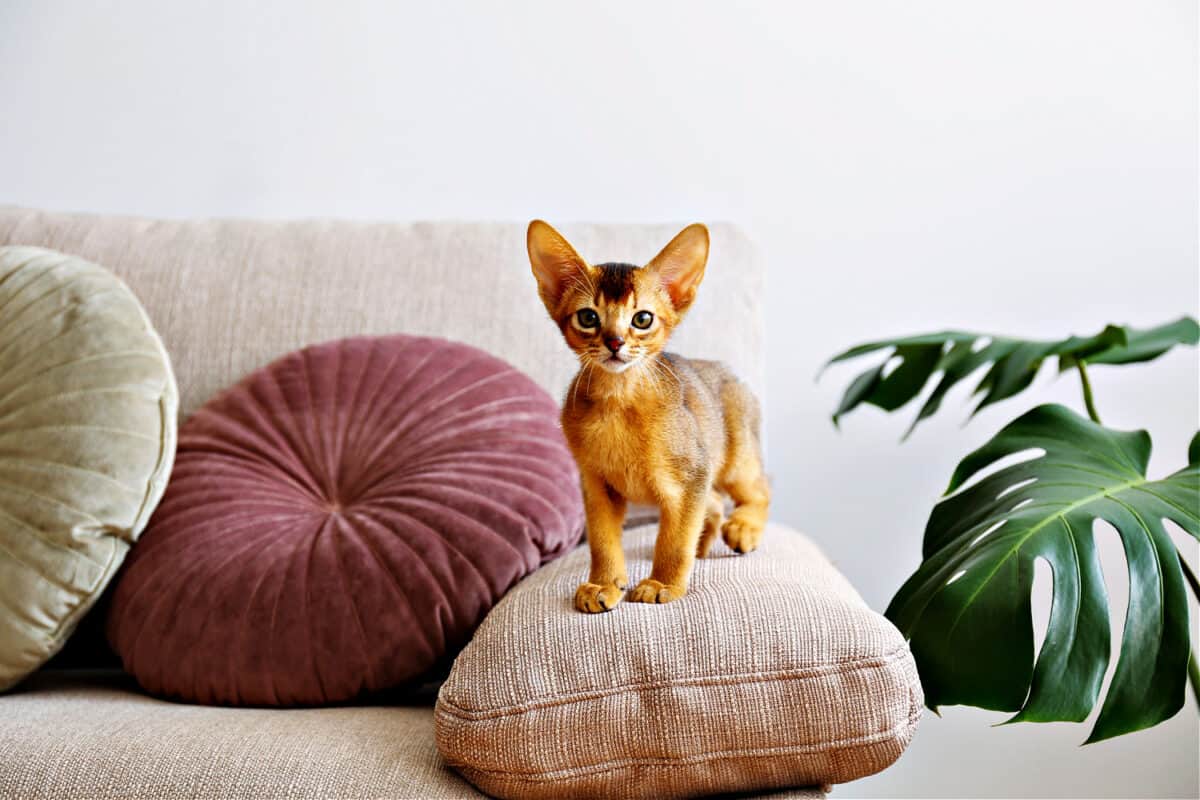
Breed History: The Origins Of Abyssinians
The beginnings of the Abyssinian breed are shrouded in mystery, with its origin an unresolved puzzle. Many believe that Abyssinia, known today as Ethiopia, is the breed's namesake but not its birthplace. The most recent genetic studies suggest India might be the homeland of these captivating cats.
The 19th century saw the arrival of the first Abyssinians in Britain. Speculations surround these initial appearances, with tales suggesting British soldiers returning from Ethiopian expeditions might have brought them along. However, the genetic lineage between these early cats and today's Abyssinians remains inconclusive.
The late 19th and early 20th centuries marked significant breed development in Britain. Abyssinians then journeyed to the United States in the 1930s, where their breeding programs found a firm footing.
SIGN UP FOR THECATSITE'S EMAIL UPDATES >
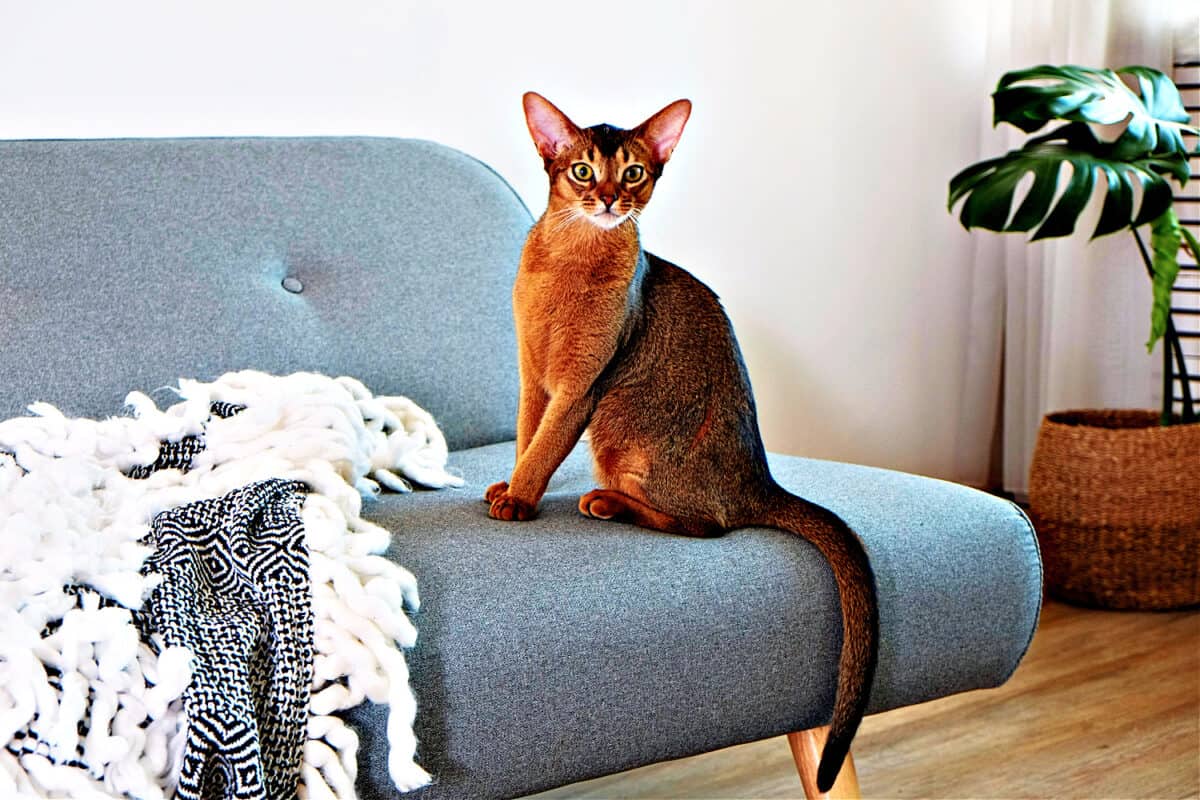
Breed Description: Painting the Portrait of an Abyssinian
Known for their well-balanced and medium-sized physique, Abyssinians command an engaging presence. Their heads, mildly wedged, align harmoniously with their large ears, attentively tuned to their surroundings. Enhancing their visage, their almond-shaped eyes, set in captivating hues of green or gold, radiate an undeniable allure.
The most extraordinary feature of Abyssinians is undoubtedly their coat. Each hair on an Abyssinian’s coat bears multiple color bands, a characteristic known as 'agouti.' This feature is commonly observed between the stripes or spots of any tabby cat. However, Abyssinians stand out with their uniquely 'ticked' agouti coat spread across their bodies, save for the tabby facemask adorning their faces.
Initially, the Abyssinian agouti coat was recognized in just one shade - a warm ruddy brown. But as time progressed, three additional colors have been welcomed into the fold: red, blue, and fawn. These shades add to the distinct ticking, which is uniformly spread across the body of these cats.
Famed for their high intelligence and playful demeanor, Abyssinians effortlessly bond with children and other pets. Their propensity to participate in family activities is a delightful characteristic, as is their ability to learn and perform basic tricks. Some Abyssinians are even known to outsmart their owners with their mastery of games like fetch!
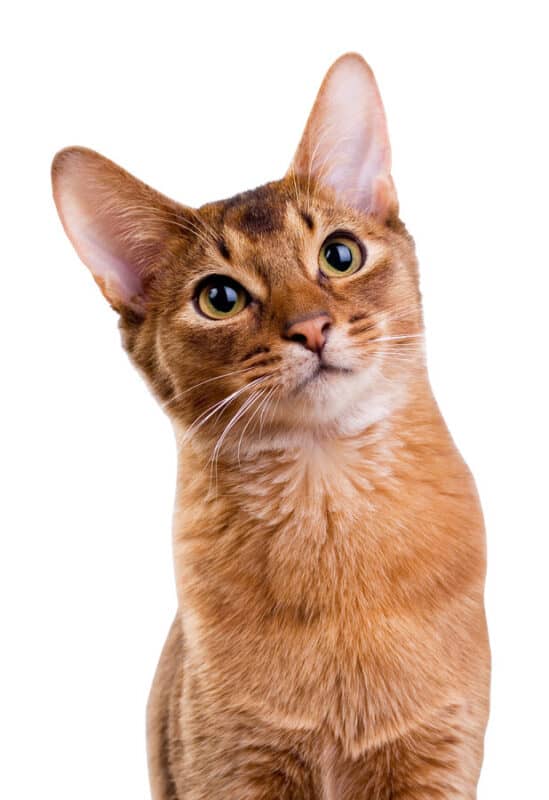
Special Needs: Care Essentials for Abyssinians
The care requirements for Abyssinians are relatively minimal. Their soft, medium-length coats can be kept at their best with routine weekly brushing.
It's important to remember that their robust health and the maintenance of their muscular bodies rely heavily on a healthy and balanced diet.
10 Fun Facts About Abyssinian Cats
- The Misleading Name: Despite their name, Abyssinian cats likely did not originate in Abyssinia, which is now Ethiopia. Historical and genetic data suggest they come from the coast of the Indian Ocean and parts of Southeast Asia.
- Not Just a Pretty Face: Abyssinians aren't just popular for their ticked coats and wildcat looks. They rank in the top five most popular breeds thanks to their affectionate and playful nature.
- Catwalk Stars: Their long, lean, and finely colored bodies have often drawn comparisons to human fashion models.
- Social Butterflies: Abyssinians crave attention and interaction. They are highly social and can be quite demanding of your time.
- The Non-Snuggle Bugs: Though affectionate, Abyssinians are not lap cats. They're in constant motion, exploring or playing.
- Ever-Changing Coats: Abyssinian kittens start life with a dark coat that lightens as they mature. This transition typically takes several months.
- Color Variations: Abyssinian cats' coat colors aren't just limited to the original deep reddish-brown. Other recognized colors include sorrel, blue, fawn, chocolate, and lilac, each displaying a distinct ticked effect.
- The Clown of the Cat Kingdom: Abyssinians are known as the "Clowns of the Cat Kingdom" thanks to their curious intelligence and playful nature. Their quirky antics and outgoing nature can often bring a smile to your face.
- Genetic Pioneers: An Abyssinian cat named Cinnamon was the first cat to have its entire genome published back in 2007, marking a milestone in feline genetics research.
- They're Not Just "Meowing": Abyssinians express themselves with soft, chirrup-like sounds that are far from the typical cat "meow".
Final Points About Abyssinian Cats
In summary, the Abyssinian cat breed captivates with its intriguing history, striking appearance, and engaging personality. Originating from the coast of the Indian Ocean and parts of Southeast Asia, these cats bring an air of exotic charm to any home they inhabit.
If you're seeking a high-energy, affectionate, and strikingly beautiful companion, the Abyssinian cat may just be the perfect choice for you.
SIGN UP FOR THECATSITE'S EMAIL UPDATES >
You might also like:
Rescuing Purebred Cats: Interview With Kirsten Kranz
Seeing Double? 20 Astonishing Photos of Matching Cats
Comments? Leave them using the form below. Questions? Please use the cat forums for those!
Note: We may get commissions for purchases made through links on this page.

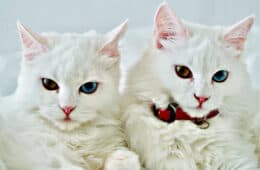
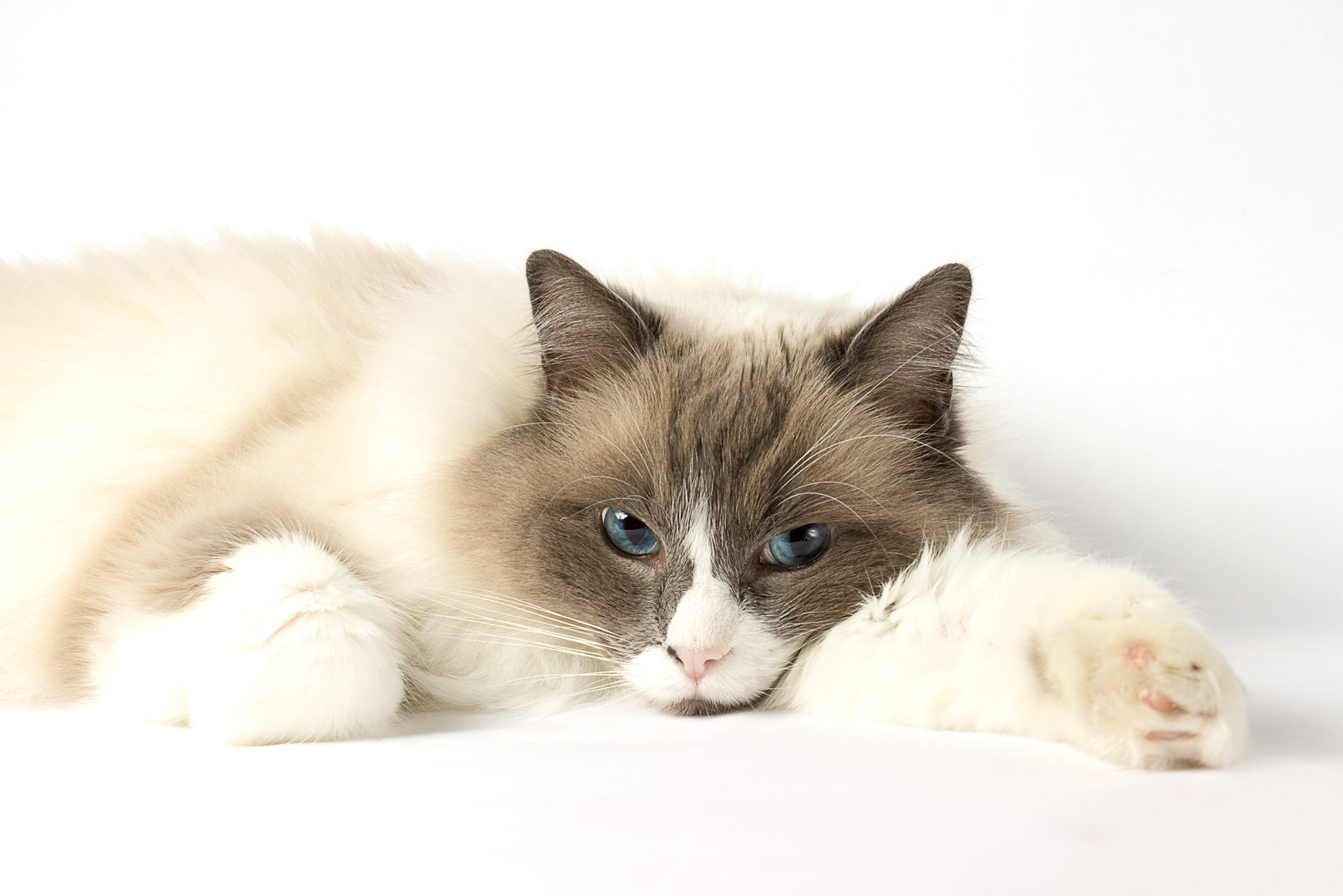

One comment on “Abyssinian Cats – A Detailed Guide”